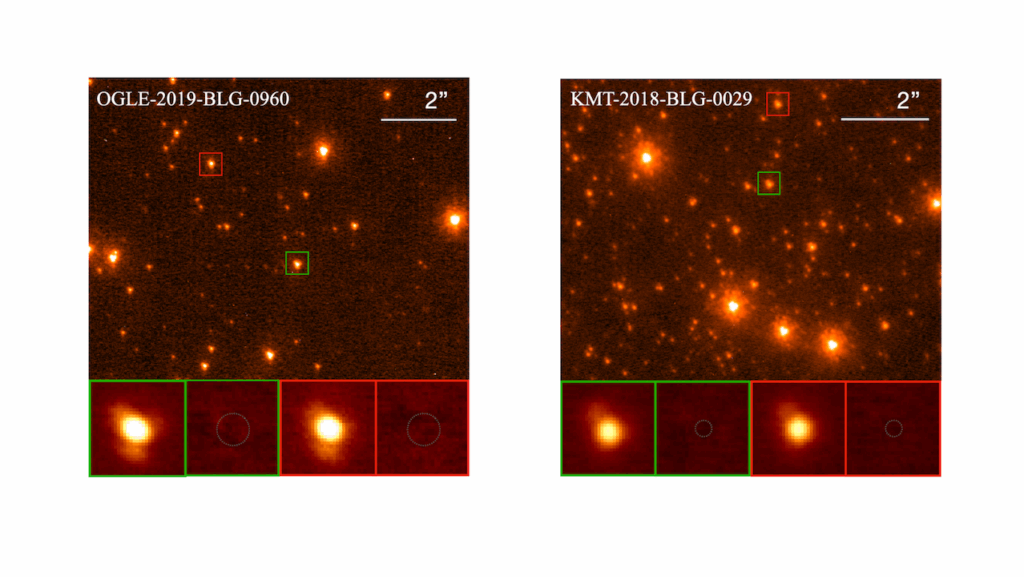Super-Earth Formation With Slow migration From A Ring In An Evolving Peaked Disk Compatible With Terrestrial Planet Formation

For the origin of the radially concentrated solar system’s terrestrial planets, planet formation from a ring of solids at about 1 au from the Sun with convergent/suppressed type I migration is preferred.
On the other hand, many super-Earths and sub-Neptunes are found in the close-in region with orbital periods of 10-100 days, so that planet formation from rings in the 1-au region would require some degree of inward migration.
One way to realize these different formation scenarios is to use different gas disk models. In this study we investigate whether different scenarios can be realized within a single framework. We consider a disk model that evolves via disk winds and develops a density peak, and study planet formation and orbital evolution using N-body simulations.
Planets with masses less than an Earth mass formed from a low-mass ring resembling the solar system do not migrate inward even in the evolving disk and remain near 1-au orbits, maintaining a high radial mass concentration. On the other hand, planets with masses greater than an Earth mass formed from a massive ring slowly migrate inward above the outward migration region.
As a result, the innermost planet can move to an orbit of about 10 days. The simulation results also reproduce the characteristics (e.g., mass distribution, eccentricity, orbital separation) of the solar system and super-Earth/sub-Neptune systems. Our model predicts that Earths and sub-Earths formed by migration from rings at near the 1-au region are less abundant in the close-in region.
Masahiro Ogihara, Alessandro Morbidelli, Masanobu Kunitomo
Comments: 13 pages, 5 figures, accepted for publication in ApJ
Subjects: Earth and Planetary Astrophysics (astro-ph.EP)
Cite as: arXiv:2407.15386 [astro-ph.EP] (or arXiv:2407.15386v1 [astro-ph.EP] for this version)
Submission history
From: Masahiro Ogihara
[v1] Mon, 22 Jul 2024 05:28:43 UTC (1,223 KB)
https://arxiv.org/abs/2407.15386
Astrobiology








